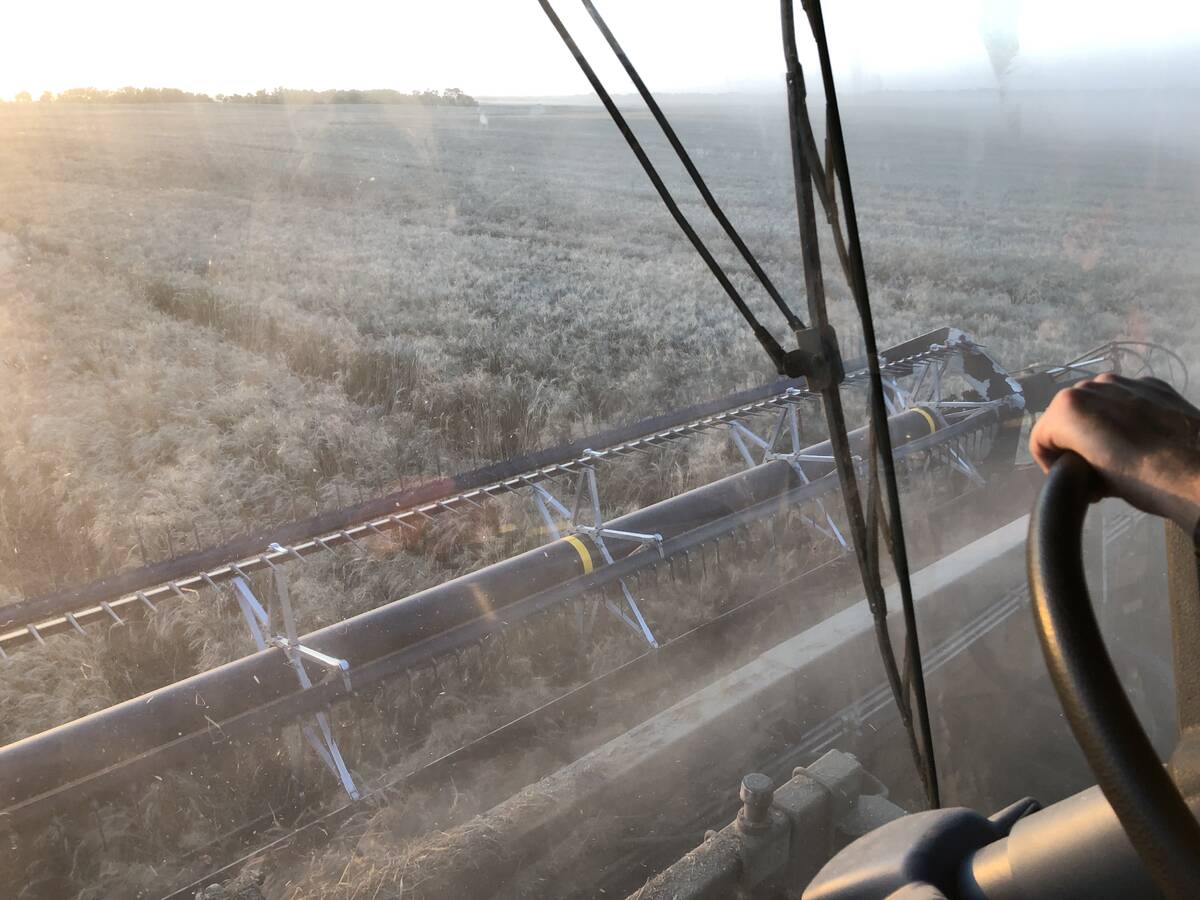Farmers should anticipate higher energy prices, rising interest rates and some commodity softening over the next decade, says an Agriculture Canada report.
Department economists say it is not a prediction but a medium-term projection of possible agriculture sector conditions based on current knowledge.
Still, the report, Medium Term Outlook for Canadian Agriculture, should give farmers possibilities to chew on as they consider their own business plans for the next few years.
Oil prices are expected to rise by more than 50 percent over the next decade to $145 per barrel.
Read Also

Mail strike disrupts grain sample delivery
The Canadian Grain Commission has asked farmers to consider delivering harvest samples directly to CGC offices, services centres or approved drop offs as Canada Post strike delays mail.
“The era of cheap energy is over.”
The Canadian dollar will remain at par with the U.S. dollar or higher for years to come, continuing to cause grief for exporters.
And part of the strong dollar will be rising Canadian interest rates, locked in at historic lows since the recession at the end of the last decade. The report said the dollar value will remain high.
Any escalation of debt servicing costs would affect farm debt servicing costs. Farm debt levels are expected to exceed a record $70 billion when Statistics Canada figures are published in May.
The report also predicted softening but continuing strong grain and oilseed prices, but that is not good news for all sectors.
It said an expected increase in Canadian feed grain production because of above-average prices will help the livestock sector because it will be able to buy feed domestically.
However, “although feed prices have declined from recent highs, they will remain relatively strong and continue to be a challenge for the livestock sector.”
The report predicts increased biodiesel and ethanol production, but construction of production facilities in Canada will not keep up with demand.
The outlook for strong and increasing export demand is based on several assumptions, including the start of a European Union economic recovery and growth in the U.S. economy next year, despite continued fiscal turmoil, high unemployment and stalemate in Washington over how to deal with the economic crisis.
One assumption — which was used to predict improvements in the meat export market — is already on thin ice.
The economists writing the report assumed that the U.S. would comply with the need to reform country-of-origin labelling rules by the late-May deadline set by the World Trade Organization.
Recent announcements of rule changes by Washington would make Canadian beef and hog sales into the American market more difficult rather than less.
















